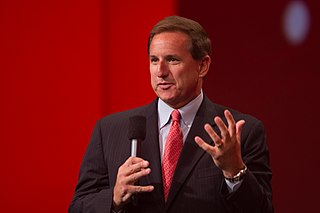A Quote by Doug McMillon
Customers want to explore. But they need to have easy access to items they choose to use all the time. The historic trade-off between price and service has been altered by technology and customers expect to save time and enjoy the experience while saving money.
Related Quotes
Service Over the years, the number one driver of our growth at Zappos has been repeat customers and word of mouth. Our philosophy has been to take most of the money we would have spent on paid advertising and invest it into customer service and the customer experience instead, letting our customers do the marketing for us through word of mouth.
It's counterproductive to lower my price, because I have to sell more units to make up for that lost revenue. Generating brand-new products can take a long time. Improving service is typically the quickest way that I can take market share. So aligning technology strategy to better service customers becomes an essential path to revenue growth.
Often, very talented technical people find it extraordinarily difficult to take the viewpoint of customers, who are often ignorant about the technology and who may have strong and perhaps incorrect prejudices about it. The technical people may believe, deep down, that they know better what customers "should" need. Customers, of course, have a different perspective. They want products that will solve customer problems and provide other customer benefits, and will do so without undue risk or cost. Not infrequently, customers view advanced technology itself as a risk.
We want our users to use the Found Money feature so they can get extra money while they shop, which will be invested in their future. And that's a powerful idea for our customers, and it is a powerful idea for brands because from their perspective they are increasing loyalty for their brands by investing in their customers' future. And of course it helps us grow our business.
This is what customers pay us for - to sweat all these details so it's easy and pleasant for them to use our computers. We're supposed to be really good at this. That doesn't mean we don't listen to customers, but it's hard for them to tell you what they want when they've never seen anything remotely like it.






























